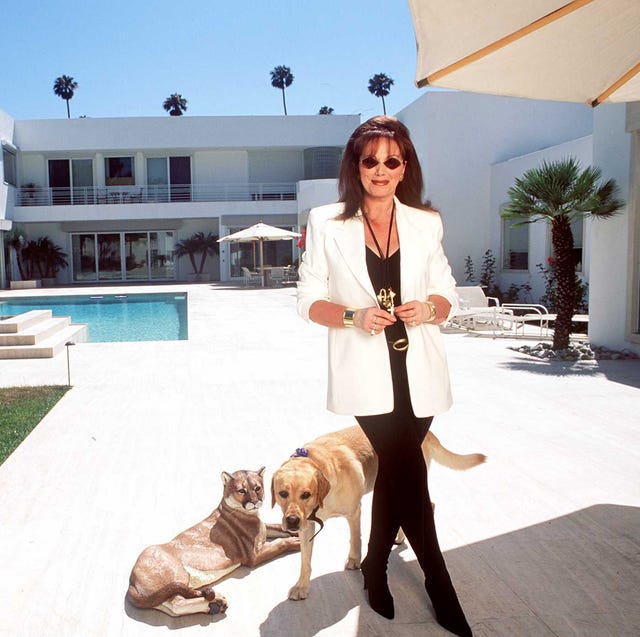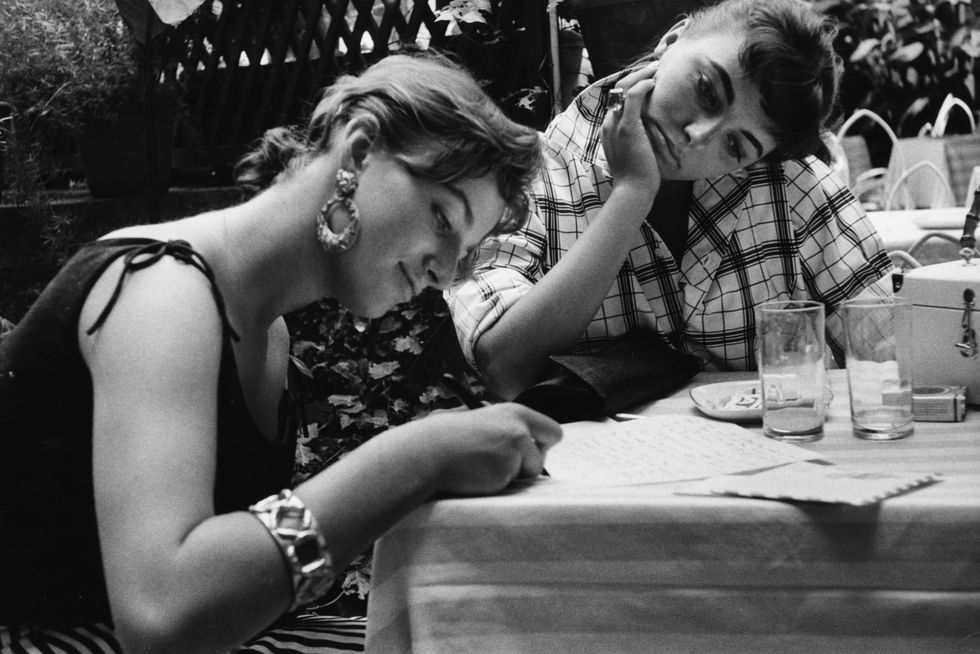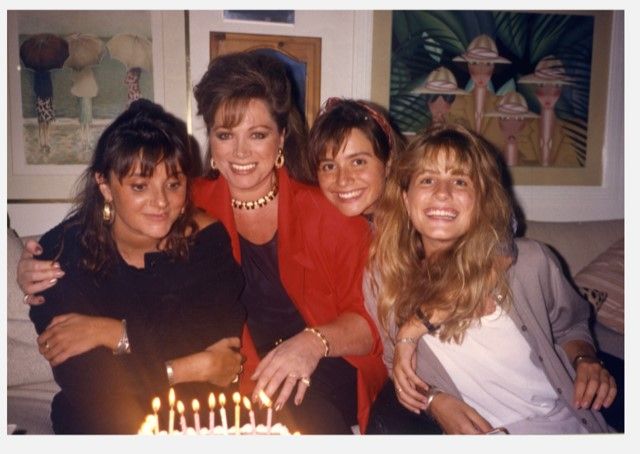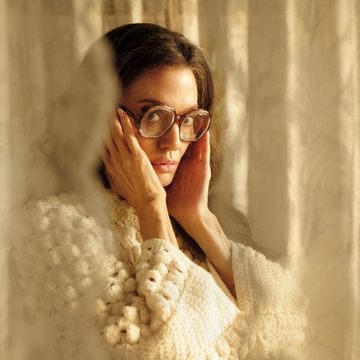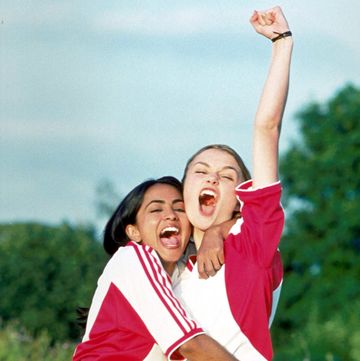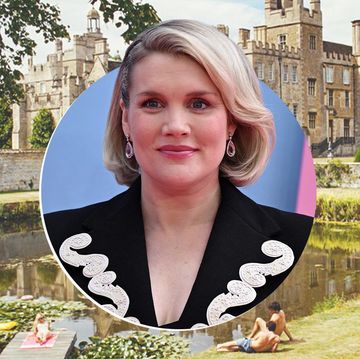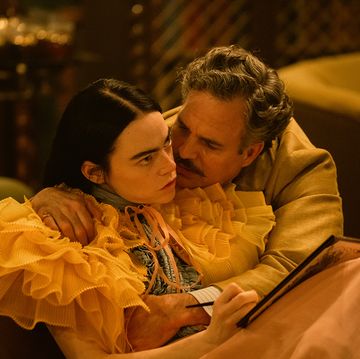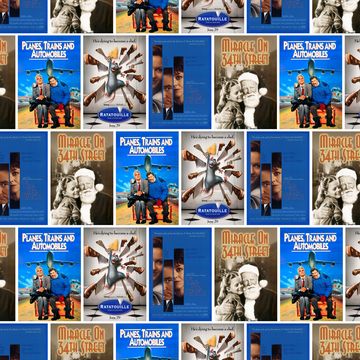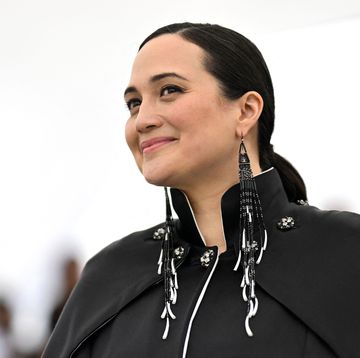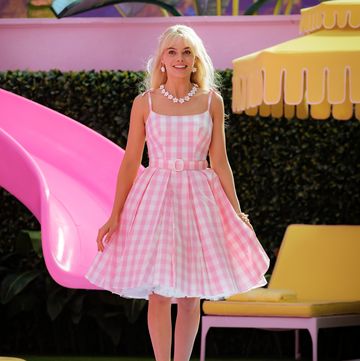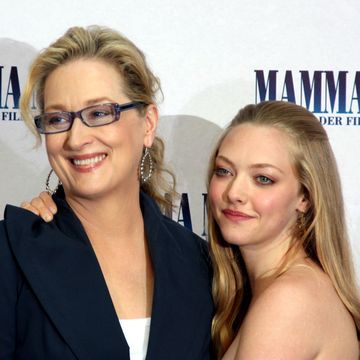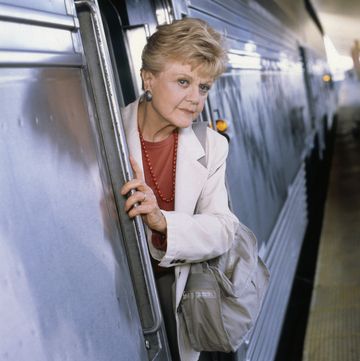Jackie Collins wrote 32 novels and sold a reported half a billion books over the course of her career, but no matter how many glamorous, gutsy protagonists she invented (and placed in high-stakes situations in the world’s most dazzling viper pits), none of them were as great a Collins creation as the late author was herself.
In the new documentary Lady Boss: The Jackie Collins Story, director Laura Fairrie explores the woman behind the opulent public façade, interviewing Collins’s children, her sister, the actress Joan, her friends, and her colleagues to create a portrait of a complicated woman had all the guts, smarts, and savvy of any fictional heroine, but whose life wasn’t without tragedy and who was sometimes willing to be seen as a caricature if it could be good for business.
Here, Fairrie explains what made Collins a fascinating subject for her deep-diving film (airing June 27 on CNN) and why her story is perhaps more relevant now than ever.
Watching the film, Jackie Collins is obviously a great subject for a documentary—but how did the idea first come about?
I had made a conscious decision that I wanted to make films about women, and when I went to a meeting with [producer] John Battsek he said, “it’s strange you should say that as Jackie Collins’s daughters have just contacted me and this project landed on my desk, what do you think?” I was immediately excited about the idea, not in the least because as a teenager I read her books—we read them at school beneath the desks in our math lessons.
What about her story felt to you like it would make for a good movie?
As a filmmaker, I was really excited by the idea. I knew Jackie Collins—the leopard print, the shoulder pads, the big hair in the picture on the back of a book—but I wanted to know the story of the woman behind that, who was motivated to write the books she wrote and live the life she lived. I was drawn into the idea of making a surprising, unexpected film about her. Of course, I didn’t know what I would find. I went to L.A to her daughter Tiffany’s house and in her front room were boxes of things they’d found when she died, and it was so much more than I would have ever imaged. It was an immediate connection to the private Jackie Collins.
What did having that kind of material reveal about her?
There are so many complexities with Jackie, which were surprising because the public image she chose to portray was so strong, powerful, and pulled together. What was surprising to see was that she was vulnerable and lacking in confidence, that she had difficult relationships with men. Basically, to see that she was human and just like all of us—we all have messy lives. That was a beautiful realization.
The film works so well because it reconsiders Jackie Collins and gives us a fresh look at her. What were the moments when you knew you’d found something that would make that happen?
When you’re making a documentary, you’re constantly asking yourself to strip back layers to find the crux of your story. That was a constant process for me. There were a couple of lightbulb moments: one was that my grandmother died during the making of this film. At the end of her life, she didn’t want to go, and that idea of gripping hold of life and of the story of who you are really connected me with Jackie. It made me realize that until the end she was trying to be Jackie Collins, like it was a superpower that would keep her alive. That was a profound moment in understanding who she was and how she survived. Beyond that, there was the idea of seeing this as a feminist fairytale, understanding that she was a storyteller who wrote her own story and tried to almost erase some of the private parts of that story. She was chasing a dream of herself, and I loved the idea of making a film just like that.
Was there anything you really wanted for the film but couldn’t get?
We would have loved to have Michael Caine in the film, but because of Covid by the time we came to our London interviews we had a whole discussion about whether we could go to his apartment and in the end it wasn’t worth the risk. He’s in the film in home video footage, but we don’t have his recollections. It would have been wonderful to have him, of course. Still, there was so much archive and so many ways you could have gone with telling her story. There were wonderful fax exchanges between her and Roger Moore, back from the days before texts or WhatsApp, so in the archive are these big piles of faxes in which they shared funny illustrations and sexual innuendo, but in the end there wasn’t room for it in the film.
What makes Jackie’s story important to retell right now?
At the beginning of making this film, I found myself having to justify it to people, but times have changed. If I look back to the beginning of making this film, people were almost wondering why it was being made, but with the atmosphere now, there has been a big shift. Her story shows women, especially young women, how to define feminism for yourself based on your own experiences. She wrote stories based on her own brand of feminism and how she believed she would like to live her life. It’s a brilliant message. For me, feminism is all about freedom and I love the idea of being able to define it for ourselves. Jackie’s story really shows us that.
Adam Rathe is Town & Country's Deputy Features Director, covering arts and culture and a range of other subjects.
